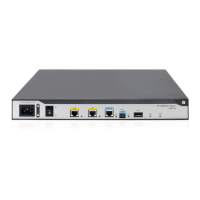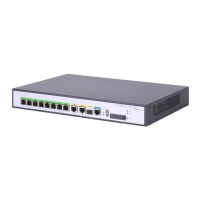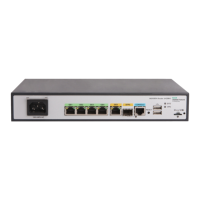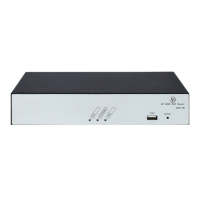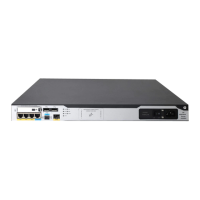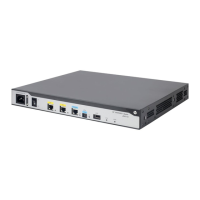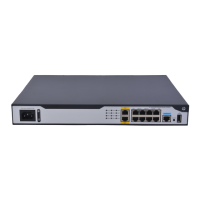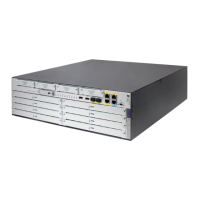71
L2TP message types and encapsulation structure
L2TP uses the following types of messages:
• Control messages—Used to establish, maintain, and delete L2TP tunnels and sessions. Control
messages are transmitted over a reliable control channel, which supports flow control and
congestion control.
• Data messages—Used to encapsulate PPP frames, as shown in Figure 23
. Data messages are
transmitted over an unreliable data channel and are not retransmitted when packet loss occurs.
Data messages can use sequence numbers to reorder packets that are disordered during transport.
Figure 23 Data message format
As shown in Figure 24, both control messages and data messages are encapsulated in UDP datagrams.
Figure 24 L2TP encapsulation structure
L2TP tunnel and session
An L2TP tunnel is a virtual point-to-point connection between an LAC and an LNS. Multiple L2TP tunnels
can be established between an LNS and an LAC. An L2TP tunnel can carry one or more L2TP sessions.
Each L2TP session corresponds to a PPP session and is multiplexed on an L2TP tunnel. An L2TP session is
established between the LAC and LNS when an end-to-end PPP session is established between a remote
system and the LNS. Data frames for the PPP session are transmitted over the tunnel between the LAC and
LNS.
L2TP tunneling modes and tunnel establishment process
Available tunneling modes include NAS-initiated, client-initiated, and LAC-auto-initiated.
NAS-initiated tunneling mode
As shown in Figure 25, a remote system dials in to the LAC through a PPPoE/ISDN network. The LAC
initiates a tunneling request to the LNS over the Internet.
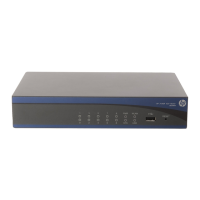
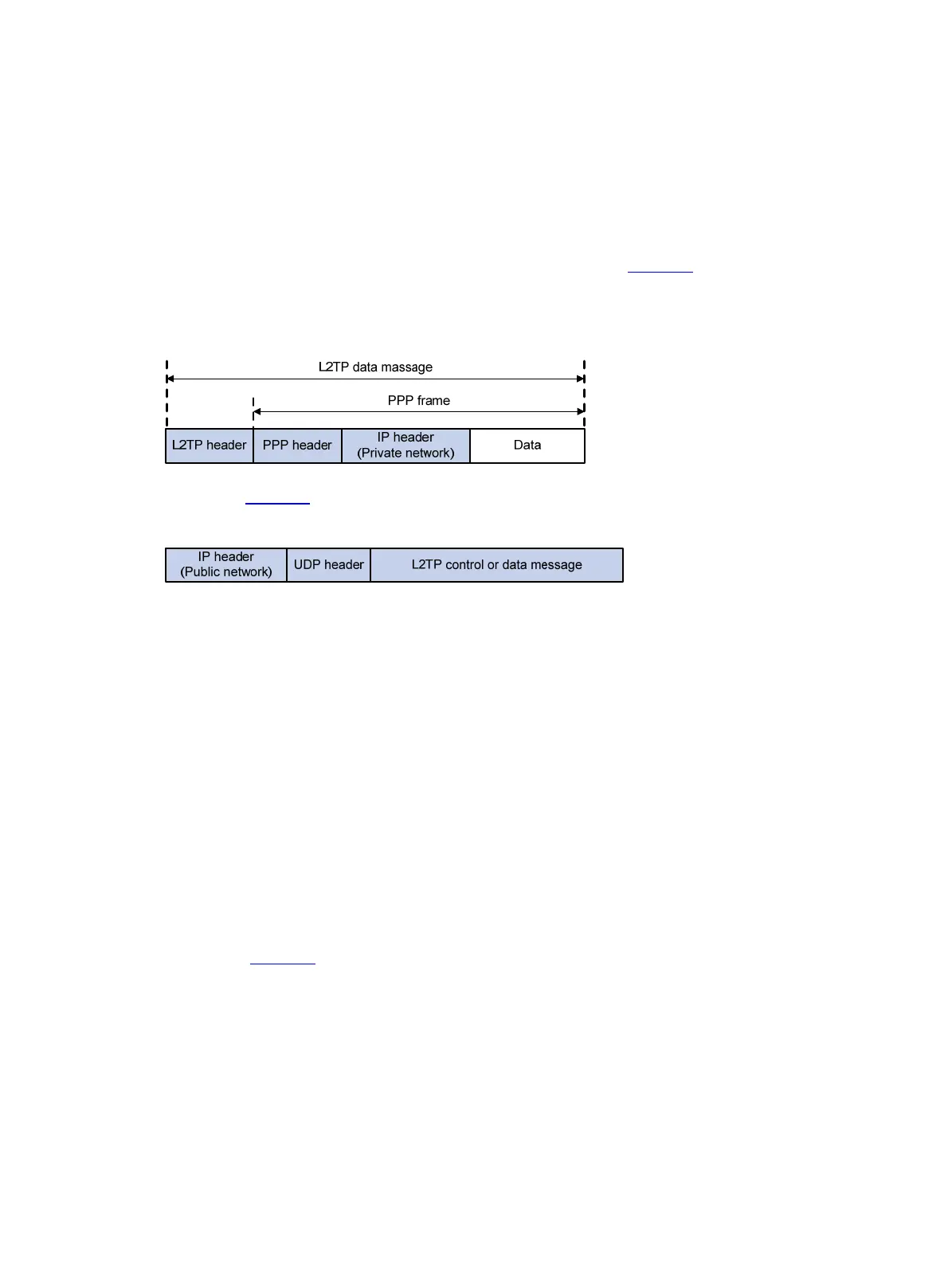